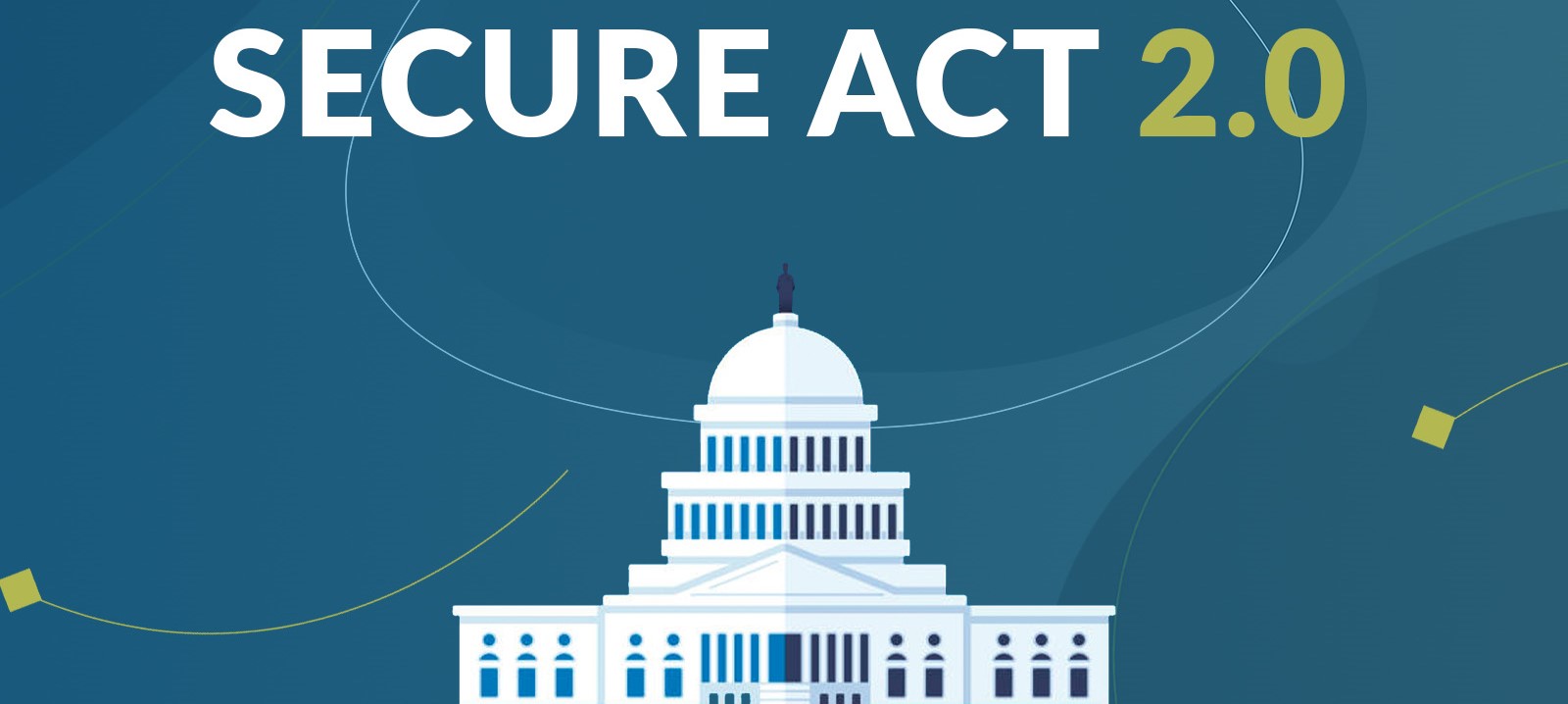Here’s a common question:
An employee retires in or after the year he turns 72 and wants to roll his 401(k) funds to an IRA.
Does an RMD have to be taken before the funds are rolled over?
What makes this tricky is that required minimum distributions (RMDs) don’t normally need to start until April 1 following the age of 72. When using the “still-working exception”, RMDs don’t need to start until April 1 following the year of retirement. Whatever the case, that April 1st is deemed the employee’s required beginning date (RBD). If the 401(k)-to-IRA rollover takes place before the RBD, it would make sense that no RMD should be required before the rollover occurs. But what makes sense isn’t always the correct answer in the case of many IRA and workplace plan rules. The correct answer is that 401(K) RMDs, in the year of retirement, must first be withdrawn. Only what’s left can be rolled over.
How can that be?
The “first-dollars-out rule” states that the first funds distributed in the year in which an RMD is required, is considered part of the RMD. Second, the first year in which an RMD is required is not the year of the RBD – it’s the year of retirement (that is, the year before the year of the RBD). Third, RMDs can never be rolled. Putting all three rules together means that the first dollars received in the year of retirement on or after age 72 are part of the RMD and aren’t eligible for rollover.
If the RMD is rolled, it is considered an excess contribution. To avoid penalty, excess contributions, along with earnings or losses, attributable to the surplus amount, must be returned by October 15 the year after the contribution was made.
Example
Kaitlin works for Fourth Fifth National Bank and participates in its 401(k) plan. Kaitlin uses the still-working exception to delay 401(k) plan RMDs beyond age 72. In 2022 at age 73, Kaitlin retires and elects to roll over her 401(k) balance of $400,000 to an IRA. She is aware that her RBD is not until April 1, 2023. For that reason, she rolls over the entire $400,000 (including her 2022 401(k) RMD, which we assume to be $15,000) to the IRA. Since the $15,000 was not eligible for rollover, it is now an excess contribution in the IRA. Kaitlin can fix the error without penalty by withdrawing $15,000, plus or minus earnings or losses on her IRA attributable to the $15,000, from the IRA by October 16, 2023.
Can Kaitlin avoid taking the 2022 RMD from her 401(k) in 2022? Yes, by delaying her 401(k) distribution/rollover until 2023. But she would then have to take two RMDs – the 2022 RMD and the 2023 RMD – before rolling over the rest of her funds.
By Ian Berger, JD
IRA Analyst











